In 1959, one of the first acts introduced by the
Revolutionary Government of Cuba was the establishment of the Cuban Film
Institute (ICAIC) which promoted the development of the arts and cinema on the
island. State sponsorship opened the door to filmmakers and provided
entertainment for the population. However, such good intentions on the part of
the Revolution meant sacrifices for the artists.
After the invasion of the Bay
of Pigs, Castro's Revolution became socialist and the Communist ideology began
to rule the nation. Disagreements between groups of artists and intellectuals
with the Government generated an ideological opposition that ended in 1962 with
the First Educational and Cultural Congress. At this convention, Fidel Castro
defined his political policy towards artists and intellectuals: "With the
Revolution, everything...against the Revolution, nothing". This dogmatic
dictatorial statement forcibly removed from the game all those who had
differing opinions about the cultural program as well as those who were
non-committal. Many liberal artists where condemned to silence, while others
were forced to seek asylum. The most unfortunate ended up in prison. A militant cinema was made to promote the Revolution and the advantages of the Socialist system. Cuban films were shown in the most remote places of the island and the people received them with great pleasure. Other Latin American filmmakers, inspired by the Cuban cinema, spread a trend of political documentaries. Cuban cinema turned into an ideological weapon for leftist liberation movements around the world while becoming a frequent winner of international awards.
An extremist government position appeared in the mid-1960's and focused upon those artists and intellectuals who were not considered favorable to the system. Many of them were persecuted as "anti-social elitists" and were forced into labor camps known as UMAP (Military Unit Production Aid).
After this persecution, filmmakers residing in Cuba became more cautious, fulfilling the government's artistic and cultural requirements. Nevertheless, many of their works were gradually affected by censorship. Many scripts were re-written and films re-edited or simply banned or confiscated. As a result of these curbs, three generations of filmmakers abandoned the country seeking freedom of speech abroad. Yet they left a broken image behind, an interrupted flow of creativity which some were able to rescue but others were not.
The Broken Image is a 46 minute documentary film that gathers the most representative exiled Cuban filmmakers, who will recount their personal experiences about having to abandon their work and start a new life away from their country, culture and natural environment. They will also express their ideas on filmmaking in a free context, as well as in a repressive society.
The Broken Image will develop as a journey that will take the viewer from past memories into the present, re-establishing the identity of those filmmakers in exile. This documentary film will exhibit an overview of that fragmented image before it is forgotten or sadly disappears.
Interviews with the participants from the cities where they now live, will let us know about their dreams and realities. Rescued clips of their films and photographs will stand as vivid examples of their lives and cinematography.
The Broken Image aspires to be a tribute to all those who wanted to create a cinema free of dogmatism and suffered of silence and intolerance.



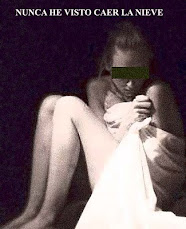



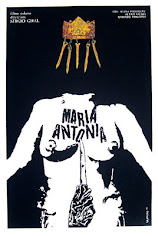

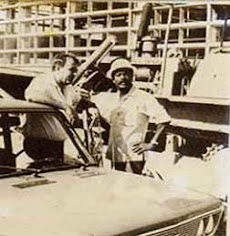
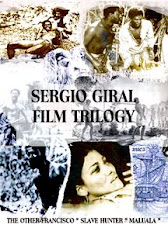



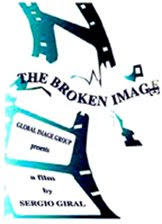
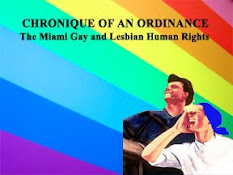

No comments:
Post a Comment